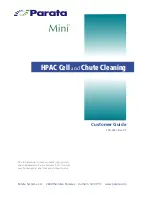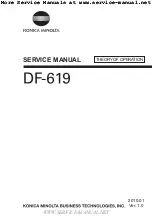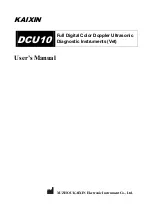
5
MACHEREY-NAGEL – 04/2017, Rev. 03
NucleoMag
®
SEP
3.2 Separation of beads
During the washing and elution steps of the NucleoMag
®
procedure, the NucleoMag
®
Beads
are freely dispersed in solution. Mixing of beads and buffer occurs by pipetting up and down
or by shaking. To separate the beads from the solution, the separation plate is transferred
onto the NucleoMag
®
SEP. The NucleoMag
®
Beads are attracted to the magnet, while the
wash buffer can be removed from the well or the elution buffer containing the purified DNA
can be recovered, respectively.
During
washing / elution step
At the end of
washing / elution step
Beads are mixed with buffer by
pipetting up and down
or by shaking.
Beads are attracted to the
magnet so the wash buffer can
be removed or the elution buffer
with DNA can be recovered.
Beads are held back in the well.
Position of
separation plate
On work bench / robot deck
or placed on shaker
Transferred to
NucleoMag
®
SEP
NucleoMag
®
Beads
Freely dispersed in solution
Attracted to magnet
Attraction of the magnetic beads to the magnetic pins depends on the magnetic strength of
the magnetic pins, the selected separation plate, distance of the separation plate from the
magnetic pins, and the volume to be processed. The individual times for complete attraction
of the beads to the magnetic pins should be checked on each system. It is recommended to
use the separation plates or tubes specified in the appropriate kit protocol.
3.3 NucleoMag
®
SEP care
The NucleoMag
®
SEP consists of a PTFE base and magnetic pins. Do not autoclave. If
necessary, clean the NucleoMag
®
SEP by rinsing it with water or by wiping off dirt and liquids
with a towel. NucleoMag
®
SEP is resistant to diluted acetic acid, ethanol, guanidine-HCl,
NaCl, NaOH, SDS. However, prolonged exposure of the separator to these chemicals should
be avoided.


























